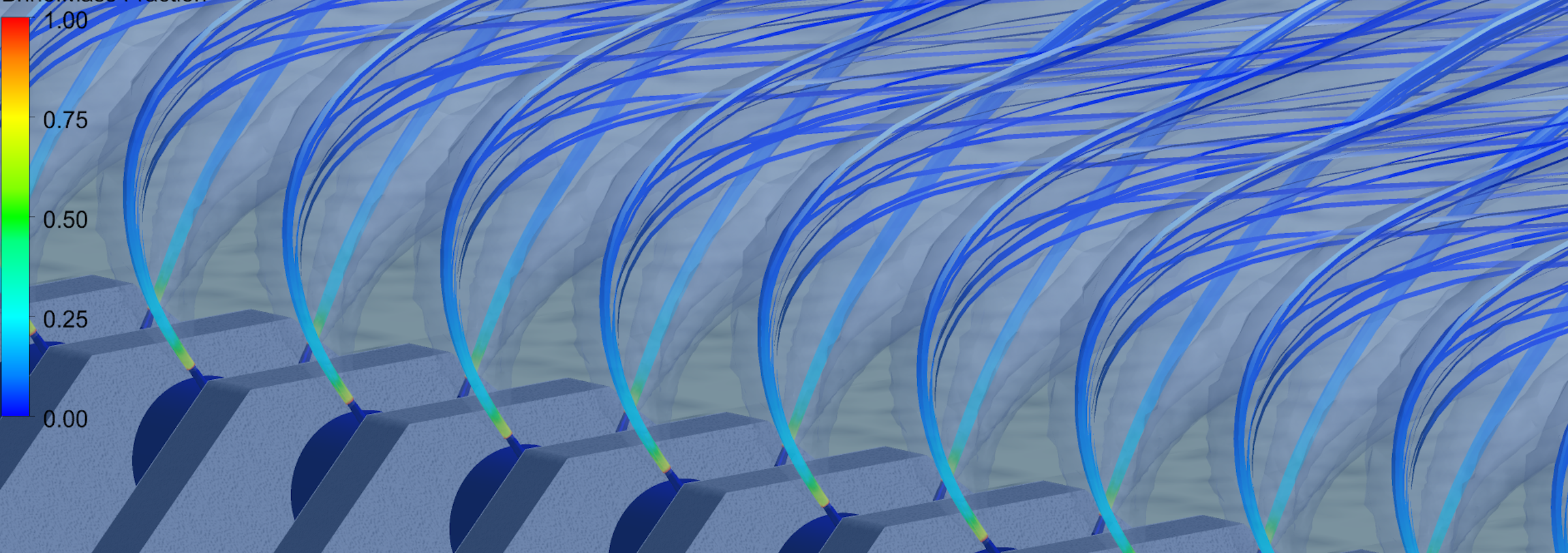Working on desalination plant projects in both New South Wales and Victoria, Australia, AMOG undertook CFD modelling of intake structures located (either anchored to or fixed on the seabed) at the top of vertical risers and connected to underground intake tunnels, for the purpose of assessing their hydraulic performance.
One of the main functions of the intake structures was to limit entrainment of marine biota and debris into the intake system. Other design issues that needed to be addressed were ensuring a predominantly even distribution of horizontal flow across the intake mesh screen, and an average screen velocity typically less than 0.15m/s (based upon US EPA regulations), also taking marine growth into account.
Hydrodynamic modelling was also conducted for the outfall diffusers, to assess the processes occurring close to the outlet diffuser nozzles, factoring in the buoyancy of the effluent (brine/waste sediments) and the resulting discharge jet’s plume impacted upon the sea bed (referred to as Near-Field modelling). Other considerations included ensuring sufficient purging of the outfall risers occurred (as this impacts upon the outfall performance and can radically reduce effluent dilution). It should be noted that reduced performance may also lead to partial blockage of the outfall due to the build-up of marine growth and sediments.

